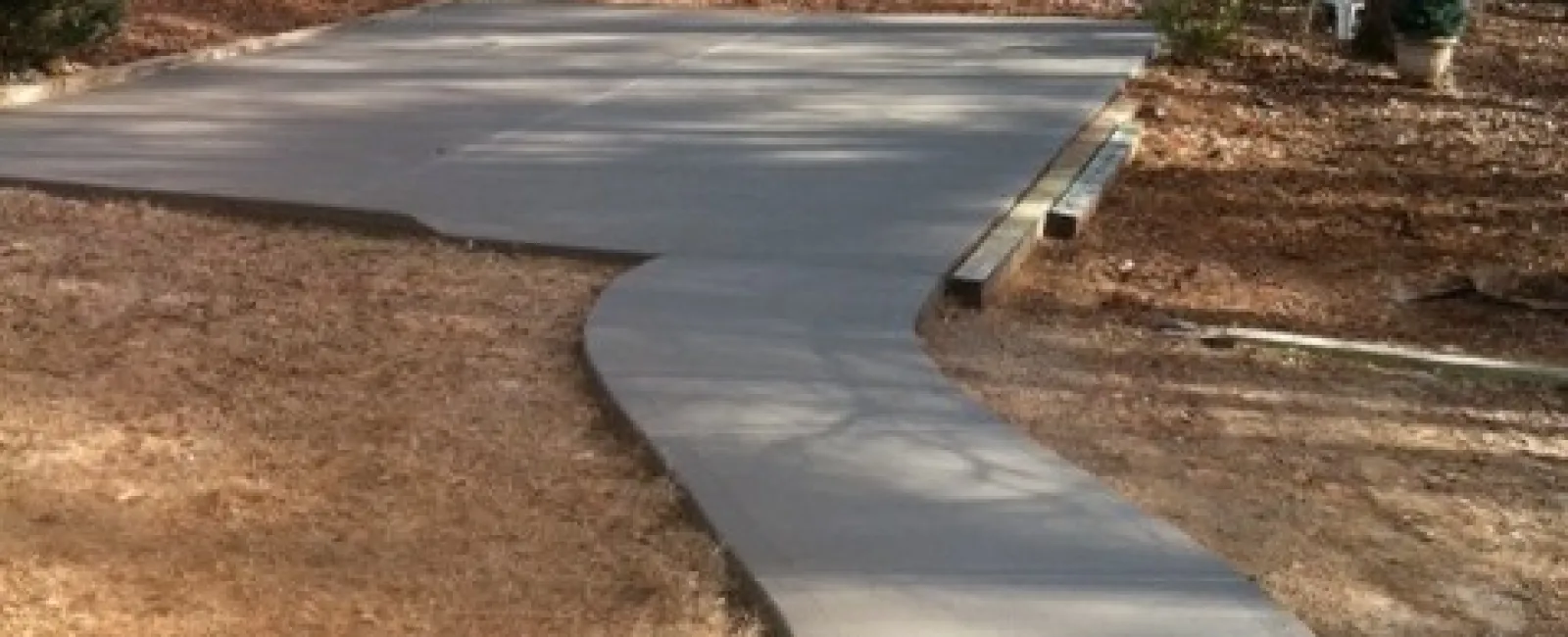Can You Pour Concrete In The Rain?
Pouring concrete in the rain can be a tricky proposition, as the presence of water can significantly impact the curing process. While it is technically possible to pour concrete in the rain, it is generally not recommended unless specific precautions are taken. Below we will cover the considerations to factor in with pouring concrete in the rain.
Concerns for Pouring Concrete in the Rain
- The main concern when pouring concrete in the rain is the potential for excess water to weaken the concrete and prolong the curing process. Concrete requires a precise balance of water and cement in order to properly cure, and the presence of excess water can disrupt this balance and result in weaker, less durable concrete.
- In addition to weakening the concrete, excess water can also lead to surface defects such as cracking, scaling, and discoloration. These defects can compromise the structural integrity of the concrete and detract from its aesthetic appearance.
- If there is a hard downpour of water, you run the risk of washing the concrete on the road when it is fresh out of the truck and still in liquid form.
- Once the concrete is laid, if it is raining and there are large drops of water, this could possibly dent the surface of the concrete and cause dimpling.
Precautions to Take If Pouring Concrete In Rain
However, in some cases, it may be necessary to pour concrete in the rain despite these risks. In these situations, there are several steps that can be taken to minimize the impact of the rain on the curing process:
- Cover the work area: A temporary shelter or tarp can be used to cover the work area and protect the concrete from direct exposure to rain. This will help to prevent excess water from saturating the concrete and disrupting the curing process.
- Use a dry mix: Using a dry mix with a low water-to-cement ratio can help to reduce the impact of rain on the curing process. This will allow the concrete to harden and set more quickly, reducing the risk of damage from excess water.
- Add accelerators: Accelerators are chemicals that can be added to the concrete mix to speed up the curing process. They can be especially useful when pouring concrete in the rain, as they can help to offset the impact of excess water.
- Use plastic sheeting: Plastic sheeting can be used to cover the concrete after it has been poured, helping to protect it from excess water and promoting proper curing. The sheeting should be weighted down to prevent it from blowing away in the wind.
It is also important to closely monitor the curing process when pouring concrete in the rain. The concrete should be checked regularly for signs of damage or weakness, and any issues should be addressed as soon as possible to prevent further damage. There is about a 4-hour window that is most critical to avoid heavy rain when laying concrete.
Avoid Pouring Concrete In Rain When Possible
In general, it is best to avoid pouring concrete in the rain whenever possible. If the job cannot be delayed to a sunnier day, it is important to take appropriate precautions to minimize the impact of excess water on the curing process. By following these steps, it is possible to pour concrete during rain or mist and achieve a strong, durable finished product.
Your local concrete professionals can help advise on the best time to lay your concrete given weather conditions and environmental factors.

